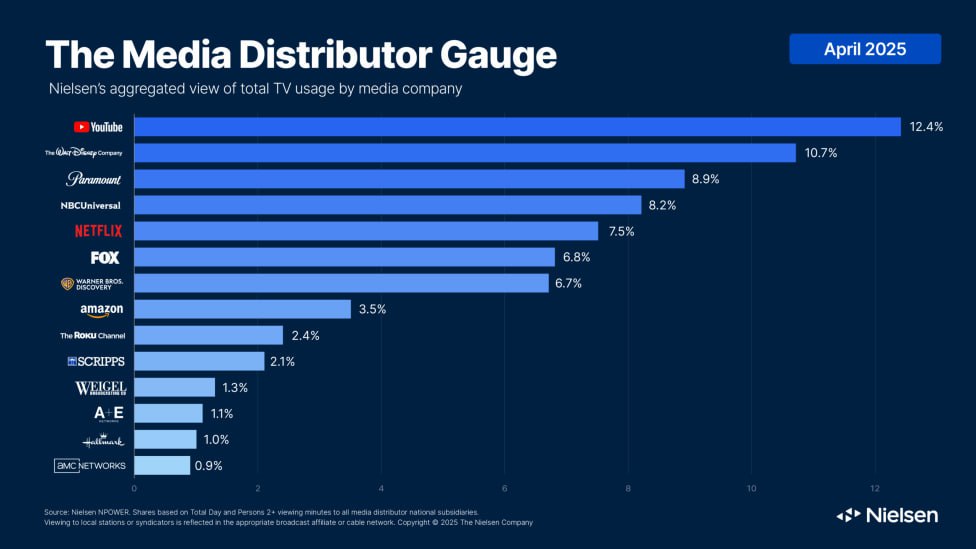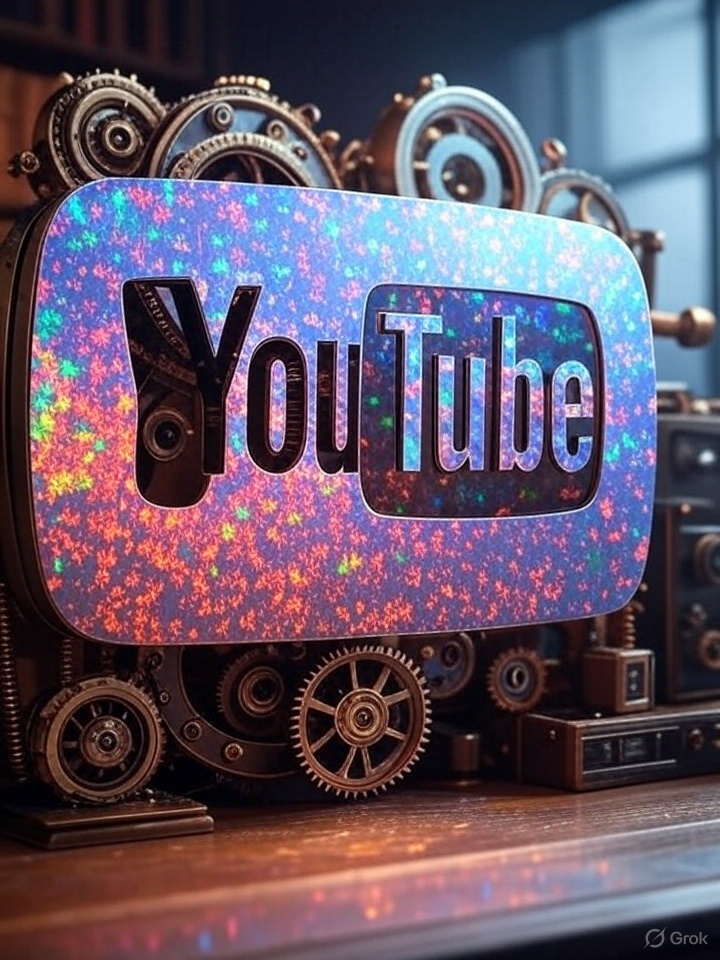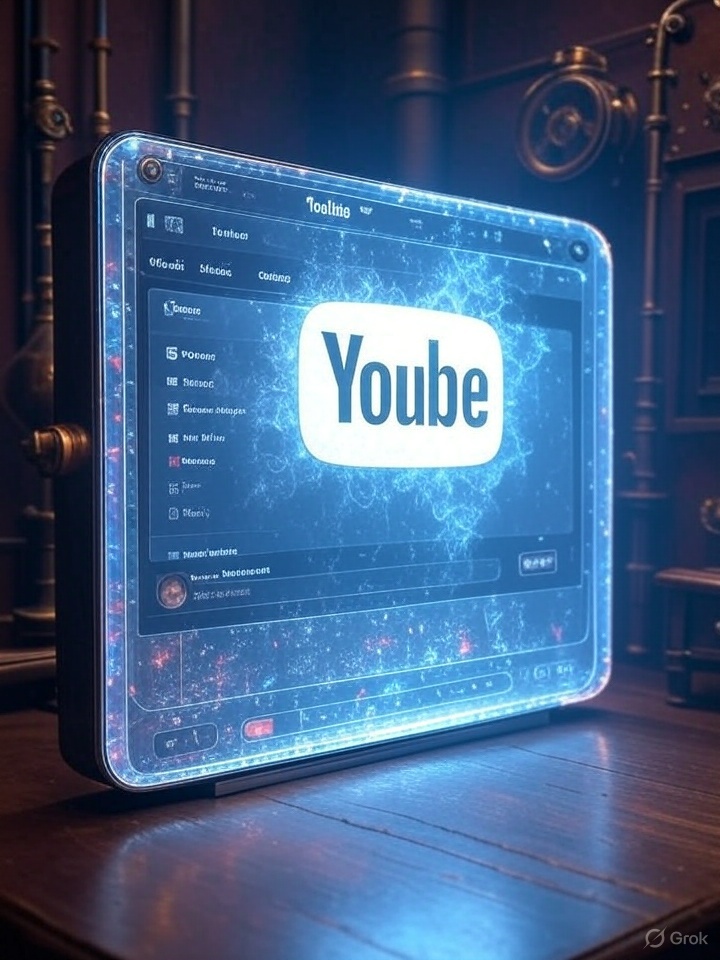In April, Nielsen analysts reported that YouTube, Google’s video-sharing platform, once again claimed the top spot for TV content consumption in the United States.

Capturing 12.4% of viewers, YouTube has solidified its dominance, lending credence to its leadership’s bold claim of becoming the "new television." The platform’s consistent market share underscores its robust position in the fiercely competitive battle for consumer attention.
 What sets YouTube apart is its lack of a singular, blockbuster hit driving its success. Unlike traditional media giants, its audience is dispersed across millions of videos, from vlogs to tutorials to niche content. This diversity reflects YouTube’s unique strength: it thrives on variety rather than relying on a handful of flagship shows.
What sets YouTube apart is its lack of a singular, blockbuster hit driving its success. Unlike traditional media giants, its audience is dispersed across millions of videos, from vlogs to tutorials to niche content. This diversity reflects YouTube’s unique strength: it thrives on variety rather than relying on a handful of flagship shows.
In contrast, Nielsen pinpointed Disney’s key drivers as the long-running series Grey’s Anatomy and live sports broadcasts. Notably, high-profile Disney properties like Star Wars or Marvel projects were absent from the list of viewership catalysts.
 Also read:
Also read:
- How to Rank YouTube Videos on Google
- YouTubers Outshine Streaming Giants as Young Audiences Shift Preferences
- Humanoid Robot Battles Become Reality in China: Mecha Fighting Arena Competition Kicks Off in Hangzhou
 YouTube’s steady grip on TV screens highlights a shift in viewing habits. While traditional networks lean on marquee titles, YouTube’s decentralized content model — powered by creators and algorithms — keeps viewers glued to their screens.
YouTube’s steady grip on TV screens highlights a shift in viewing habits. While traditional networks lean on marquee titles, YouTube’s decentralized content model — powered by creators and algorithms — keeps viewers glued to their screens.
As streaming wars intensify, YouTube’s ability to maintain its lead without a defining "hit" signals a new era for television, where choice and accessibility reign supreme.






